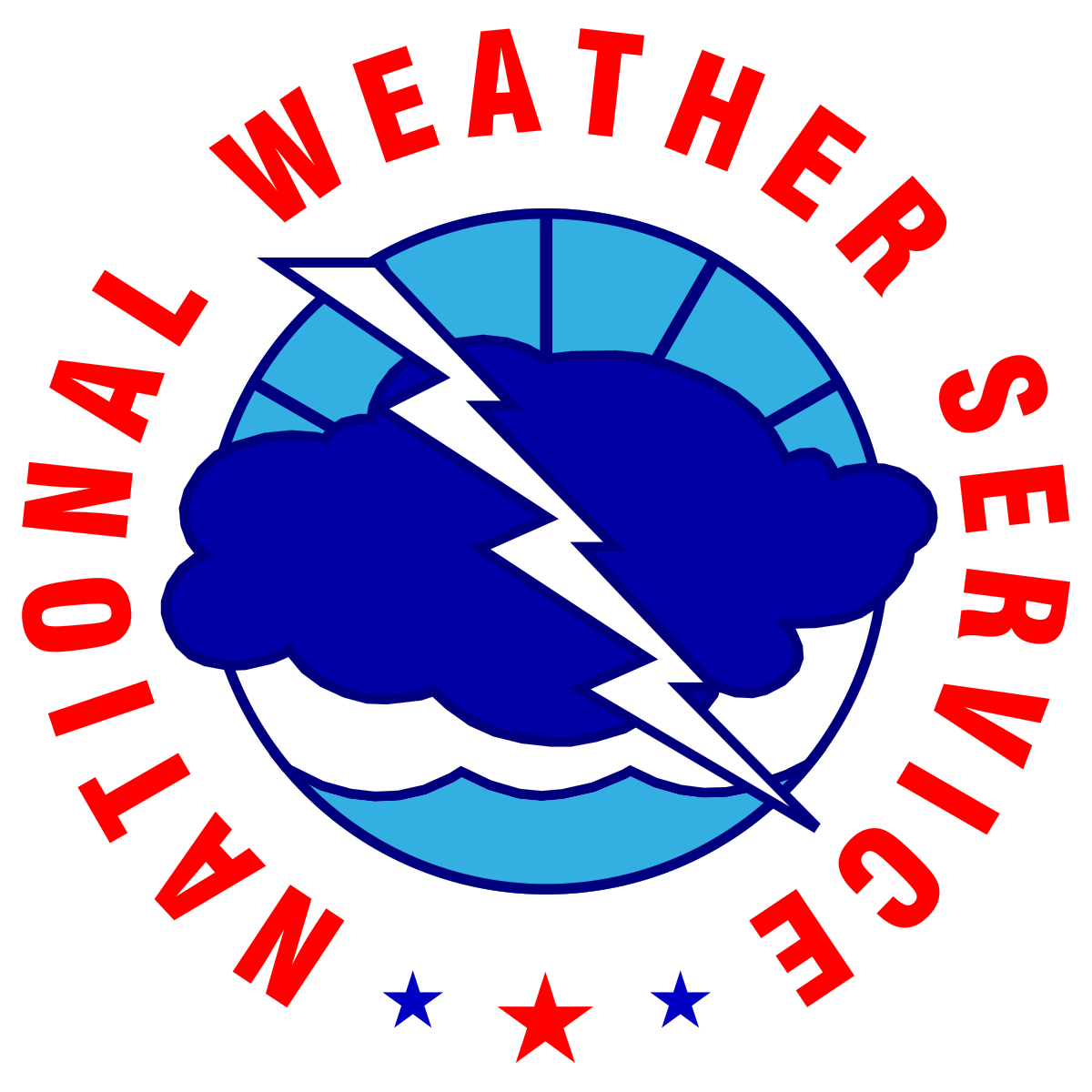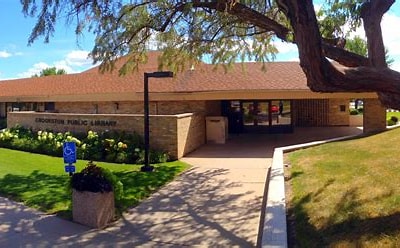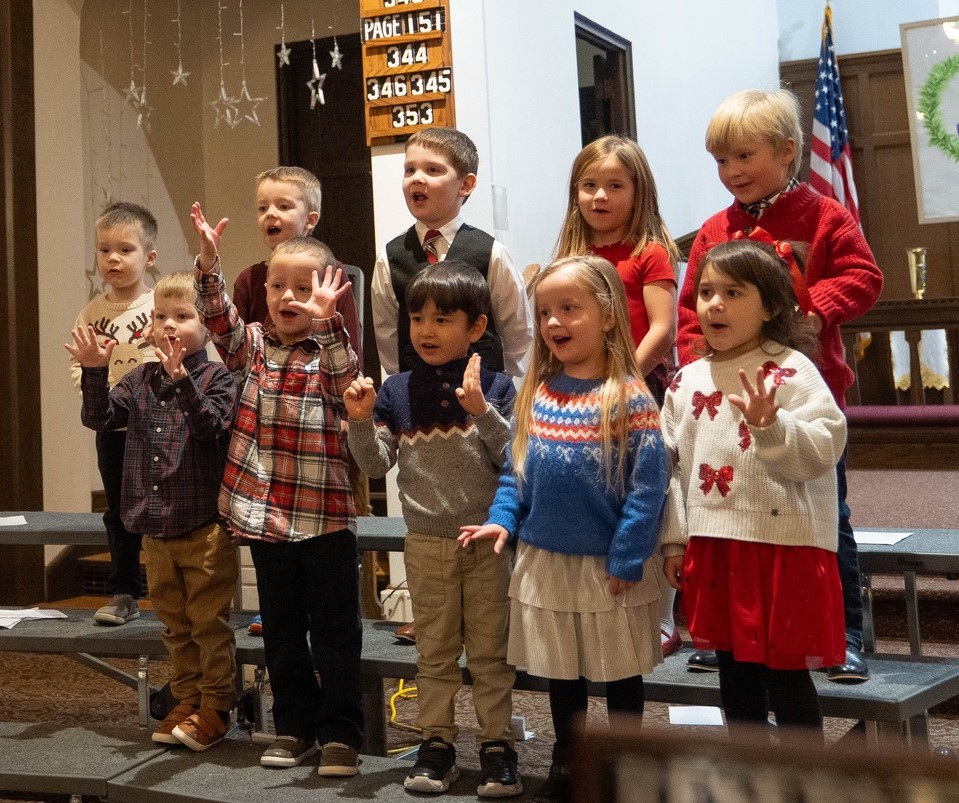After an oddly warm winter that Northwest Minnesota residents experienced this year, a winter that saw record-breaking temperatures, we now head into spring. Many may be wondering what this upcoming season has in store for us.
KROX spoke to Grand Forks National Weather Service Forecaster Jacob Spender, who gave us a general overview of neighboring climate areas during the winter. “It was a record-breaking winter for temperatures,” said Spender, “A lot of the broken records were from January and February and now into the early part of meteorological spring here in March. In the Fargo area, they recently saw the earliest 70-degree day in its history. So it’s been a hot winter across the area.”
With warm weather already arriving, flooding issues may occur in our neighboring areas. The Grand Forks National Weather Service announced its latest flood outlook on February 29, showing low chances of flooding. “The key message we’re looking at is the risk for any significant flooding,” said Spender, “Which is moderate or higher, and this is very low compared to our current outlook. We’re looking at the 50% occurrence of that low chance for minor flood in the Grand Forks and Crookston area.”
Life-long Minnesotans typically don’t hold their breath, hoping for no more snowfalls in March. However, the National Weather Service currently has its clipper system roaming the Northwest region of Minnesota to detect light precipitation and gusty winds ranging from 35-45 mph. According to the results thus far from the system, the Crookston area isn’t looking to be threatened much by snowfall. “For accumulation purposes, we’re not looking at much across the area,” said Spender, “In terms of an inch or greater in the Grand Forks area and into Crookston. The chances are around 10%; it gets a bit higher when you enter the Lake of The Woods area, where we’re finding a 20-30% chance of an inch or greater. So there’s not a whole lot accumulation-wise.” The Grand Forks National Weather Service will consistently monitor frost deficits across the regions, which can cause higher chances of flooding and snowfall due to increased precipitation.
Weather is nearly impossible to determine even for professional forecasters due to the uncontrollable circumstances that may occur daily. Spender explained, from what he believes, that our region is projected to keep experiencing above-average temperatures through March. “We’re still looking above normal temperatures,” said Spender, “We’re approaching the tail-end of the El Nino cycle for the northern plains. So we have that above average winter, and we will continue that through the spring time frame, and then gradually continue into what is called Enso Neutral out of that El Nino phase.”





